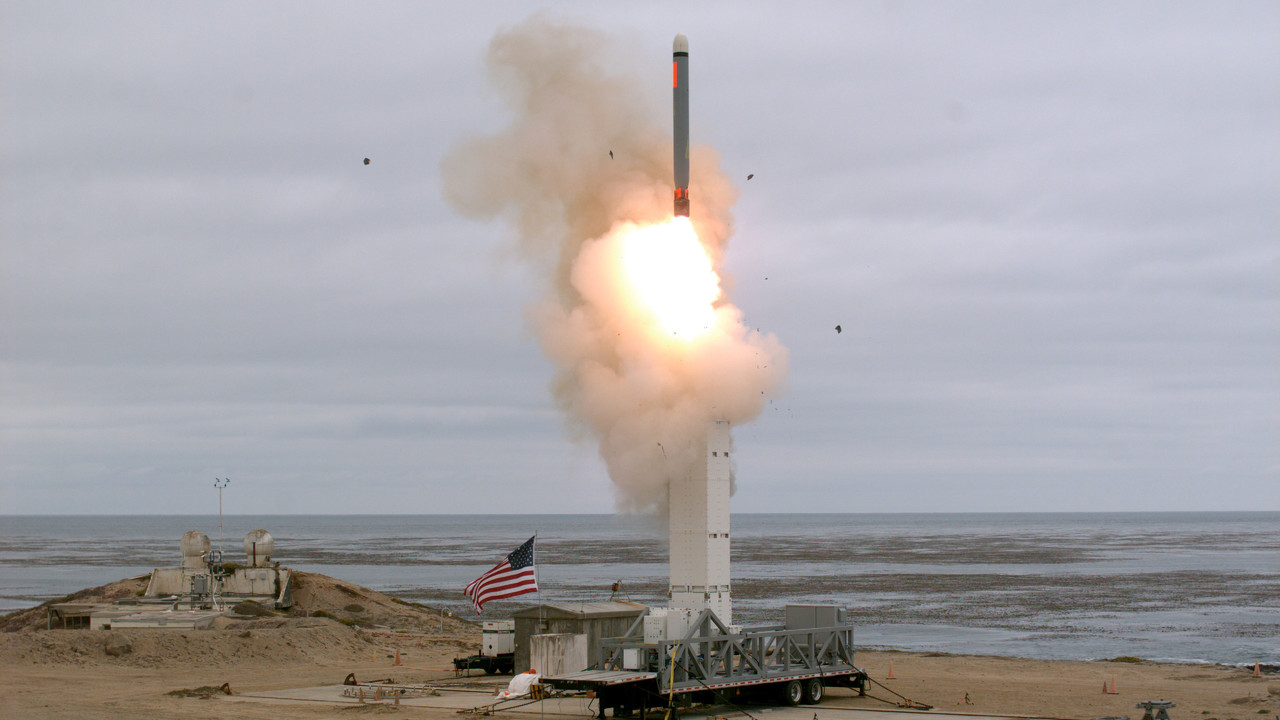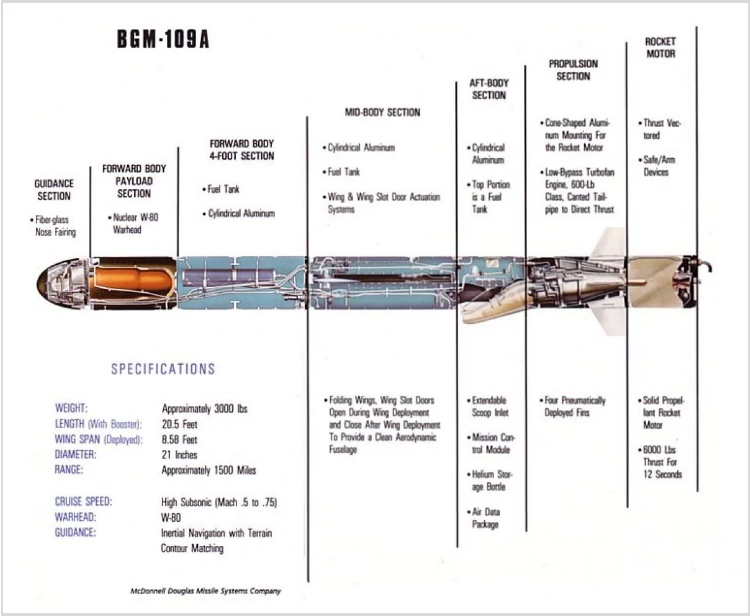On August 18th, the US Department of Defense conducted a flight test of a conventionally configured ground-launched cruise missile, formerly banned under the Intermediate-Range Nuclear Forces (INF) Treaty that recently fell apart.
Not much details were released, except that it took place at San Nicolas Island, Calif., and the missile exited a ground mobile launcher and accurately hit a target more than 500 kilometers away.
“Data collected and lessons learned from this test will inform the Department of Defense’s development of future intermediate-range capabilities,” said a statement released by the Pentagon.
The test appeared to be conducted using a MK-41 launcher like those found on U.S. Navy guided-missile cruisers and destroyers mounted on a mobile launcher.
Allegedly the missile was a Tomahawk Land Attack Missile, which is a staple in the US Navy. As of May 2017, there’s been a nuclear variant of the Tomahawk fielded.
The same MK-41 Launchers are paired with the Aegis Ashore ballistic missile defense systems located in Romania and Poland. The Aegis Ashore can easily be repurposed to launch nuclear Tomahawk’s, meaning that the US has been in non-compliance with the INF for a while before terminating it.
The video and images released by the Pentagon do prove that the Aegis Ashore may be repurposed to launch Tomahawk missiles. The US formal response to any Russian allegations was the Mk-41 wasn’t prohibited under INF because it had never been tested with a ground-launched missile.
This test approximately two weeks after withdrawal from the INF is ample proof that the ballistic missile defense system always had a separate purpose. Surely, if it weren’t tested or aimed at shooting out ground-launched missiles, it would take slightly longer than 16 days to “completely repurpose” it.
Following is a graphic presenting the Tomahawk missile’s general specifications:
On the Russian side, Russian Deputy Foreign Minister Sergei Ryabkov commented on the missile test, saying that the test of a cruise missile with a range prohibited by the Intermediate-Range Nuclear Forces (INF) Treaty conducted by the United States is regrettable.
“All this is regrettable. The United States has obviously taken a course towards escalating military tensions,” the deputy minister emphasized. “We do not succumb to provocations. We, as was announced yesterday in France by Russian President [Vladimir Putin], reaffirm our commitment to a unilateral moratorium on the deployment of medium-range ground systems until such systems are deployed by the United States in any region of the world,” he said.
He also questioned the speed with which the US side managed to test an alleged new missile and launch capability.
“It is noteworthy that the test of an advanced Tomahawk missile took place literally 16 days after the United States withdrew from the INF Treaty and the termination of this treaty. There can probably be no more clear and explicit confirmation that the development of the corresponding systems was carried out in the United States for a long time and preparation to withdraw from the contract, including including the appropriate research and development work,” the diplomat said.
According to him, Moscow also noticed that “the launch was made using the Mk41 installation.”
“A universal launcher that is suitable for launching not only SM-3 interceptor missiles, but also cruise missiles of various types of ground-to-ground, surface-to-surface cruise missiles,” Ryabkov explained.
This allegedly marks the first time the US tests a missile banned under the INF Treaty before and after the deal’s termination on August 2nd.
On August 2nd, Secretary of Defense Mark Esper said the U.S., no longer bound by the INF, had already begun work to develop “mobile, conventional, ground-launched cruise and ballistic missile systems.”
“Now that we have withdrawn, the Department of Defense will fully pursue the development of these ground-launched conventional missiles as a prudent response to Russia’s actions,” Esper said.
US Secretary of State Mike Pompeo announced the US withdrawal from the INF, saying that it was Russia’s alleged failure to comply – refusing to destroy the allegedly non-compliant the SSC-8 or 9M729 ground-launched intermediate-range cruise missile.
“Russia is solely responsible for the treaty’s demise. Dating back to at least the mid-2000s, Russia developed, produced, flight-tested, and has now fielded multiple battalions of its noncompliant missile. The United States first raised its concerns with Russia in 2013. Russia subsequently and systematically rebuffed six years of U.S. efforts seeking Russia’s return to compliance. With the full support of our NATO Allies, the United States has determined Russia to be in material breach of the treaty, and has subsequently suspended our obligations under the treaty. Over the past six months, the United States provided Russia a final opportunity to correct its noncompliance. As it has for many years, Russia chose to keep its noncompliant missile rather than going back into compliance with its treaty obligations,” Pompeo said.
MORE ON THE TOPIC:







